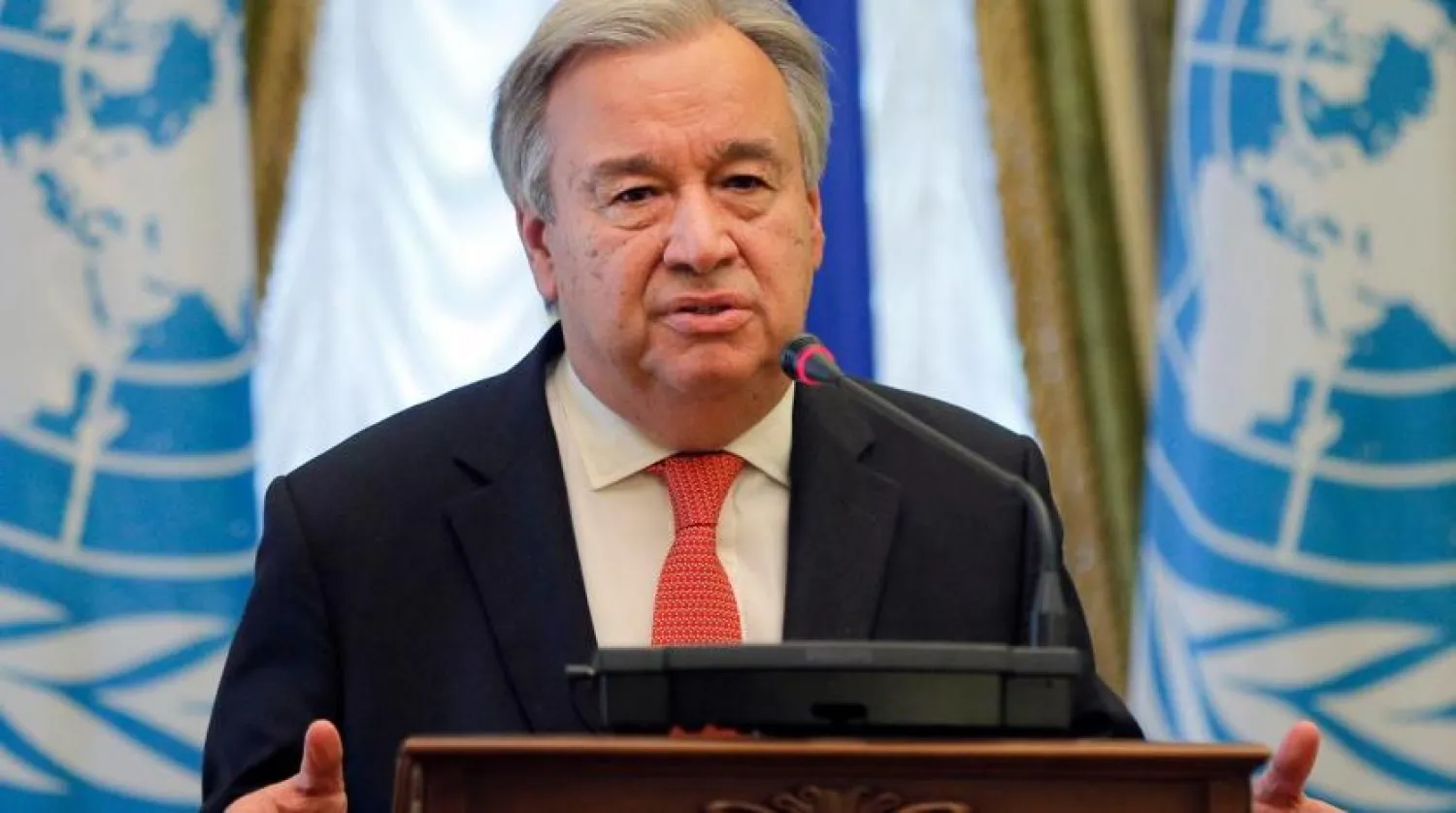United Nations Secretary-General Antonio Guterres called again on all parties to conflicts to respond to his call for a global cease-fire to tackle the COVID-19 pandemic.
He noted that more than 20,000 civilians were killed or injured in attacks in 10 countries last year and millions more forced from their homes.
In a report to the UN Security Council released Thursday he Guterres said that the pandemic is “the greatest test the world has faced” since the world body was established 75 years ago.
Guterres said that according to the United Nations, more than 20,000 civilians were killed last year in conflicts in 10 countries — Afghanistan, Central African Republic, Iraq, Libya, Nigeria, Somalia, South Sudan, Syria, Ukraine and Yemen.
“As the world confronts the monumental challenge of the COVID-19 pandemic, the need to silence the guns could not be more acute,” he stressed.
His new appeal focuses on the protection of civilians, stressing that the most effective way to protect them “is to prevent the outbreak, escalation, continuation and recurrence of armed conflicts,” The Associated Press (AP) reported.
Guterres said that figure is almost certainly an underestimate because it doesn’t include civilian casualties in Cameroon, Chad, Congo, Mali, Myanmar, Niger, Sudan’s western Darfur region and the Palestinian territories.
In Syria, Guterres said hostilities resulted in the deaths of at least 2,404 civilians, including 466 women and 688 children. In Yemen, 3,217 civilians were reported to have been killed or injured, with children accounting for 25%, And in South Sudan there were 1,405 civilian casualties, while in Somalia 1,459 died.
He added that the millions of civilians forced out of their homes in 2019 added to the 70.8 million people already displaced by conflict and violence. For example, he said, almost 1 million people were newly displaced in Congo, 455,553 in Afghanistan and 200,000 in Nigeria.
According to AP, he warned that the pandemic may create "incentives for some parties to conflict to press for an advantage, leading to an increase in violence, while others may see opportunities because the attention of governments and the international community is absorbed by the health crisis.”









